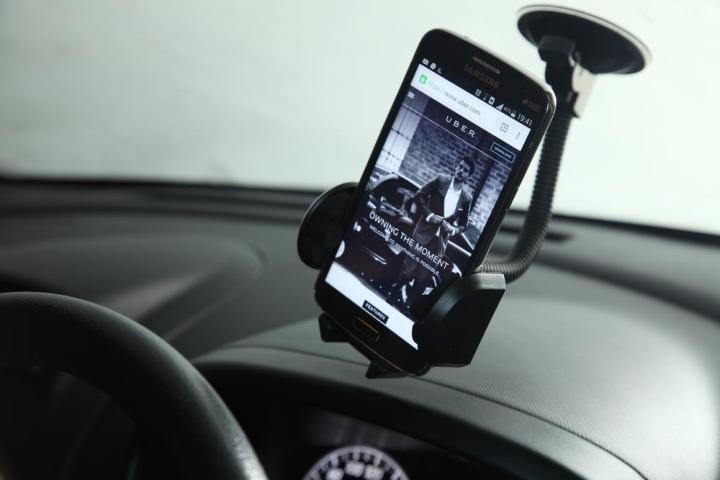
Thousands of taxi operatives were said to have participated in Thursday’s strike, which is expected to last overnight and continue into Friday as a result of what these individuals say is unfair competition from nonprofessional, unlicensed drivers. An FTI taxi union representative named Abdelkader Morghad told Bloomberg that Uber’s lax policies and free-for-all approach to enlisting service has cost French taxi drivers, who must pay up to $270,000 for a one-time taxi license fee, somewhere between 30 to 40 percent in revenue over the last two years. “Many taxi drivers are infuraited,” Morghad said.
NPR’s Eleanor Beardsley reported a truly chaotic landscape, with protests effectively shutting down highways and bringing transportation in and out of the city — even by airplane — to a halt. “In Paris, taxis are blocking the beltway, Charles de Gaulle Airport and several train stations. In one part of the city riot police clashed with drivers as they set fire to tires and turned over one Uber car,” Beardsley noted. “Television footage has shown families with suitcases making their way by foot into the city from the airport, along the highway.”
While UberPOP is illegal in France and the government is backing the protestors, Prime Minister Manuel Valls has condemned the actions “on both sides,” saying that the violent protests “give a deplorable image to visitors to our country.”
One particularly vocal critic of the happenings has been American musician Courtney Love, who suffered from a particularly unfortunate case of being in the wrong place at the wrong time. Calling on French president Francois Hollande to regain control, she tweeted angrily, “They’ve ambushed our car and are holding our driver hostage. they’re beating the cars with metal bats. this is France?? I’m safer in Baghdad.”
While this is certainly a stretch (and perhaps a rather offensive one, at that), it stands to reason that these next few days are not prime time to be paying a visit to Paris.


